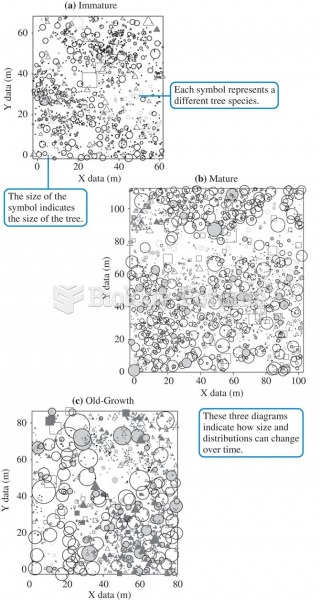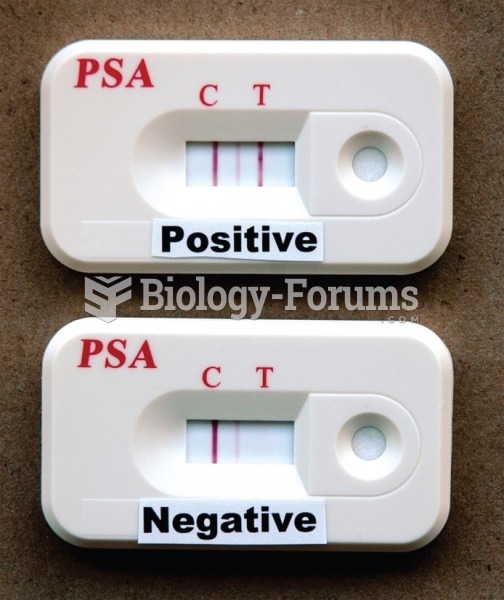|
|
|
Medication errors are three times higher among children and infants than with adults.
About 100 new prescription or over-the-counter drugs come into the U.S. market every year.
Most childhood vaccines are 90–99% effective in preventing disease. Side effects are rarely serious.
Multiple experimental evidences have confirmed that at the molecular level, cancer is caused by lesions in cellular DNA.
Once thought to have neurofibromatosis, Joseph Merrick (also known as "the elephant man") is now, in retrospect, thought by clinical experts to have had Proteus syndrome. This endocrine disease causes continued and abnormal growth of the bones, muscles, skin, and so on and can become completely debilitating with severe deformities occurring anywhere on the body.







